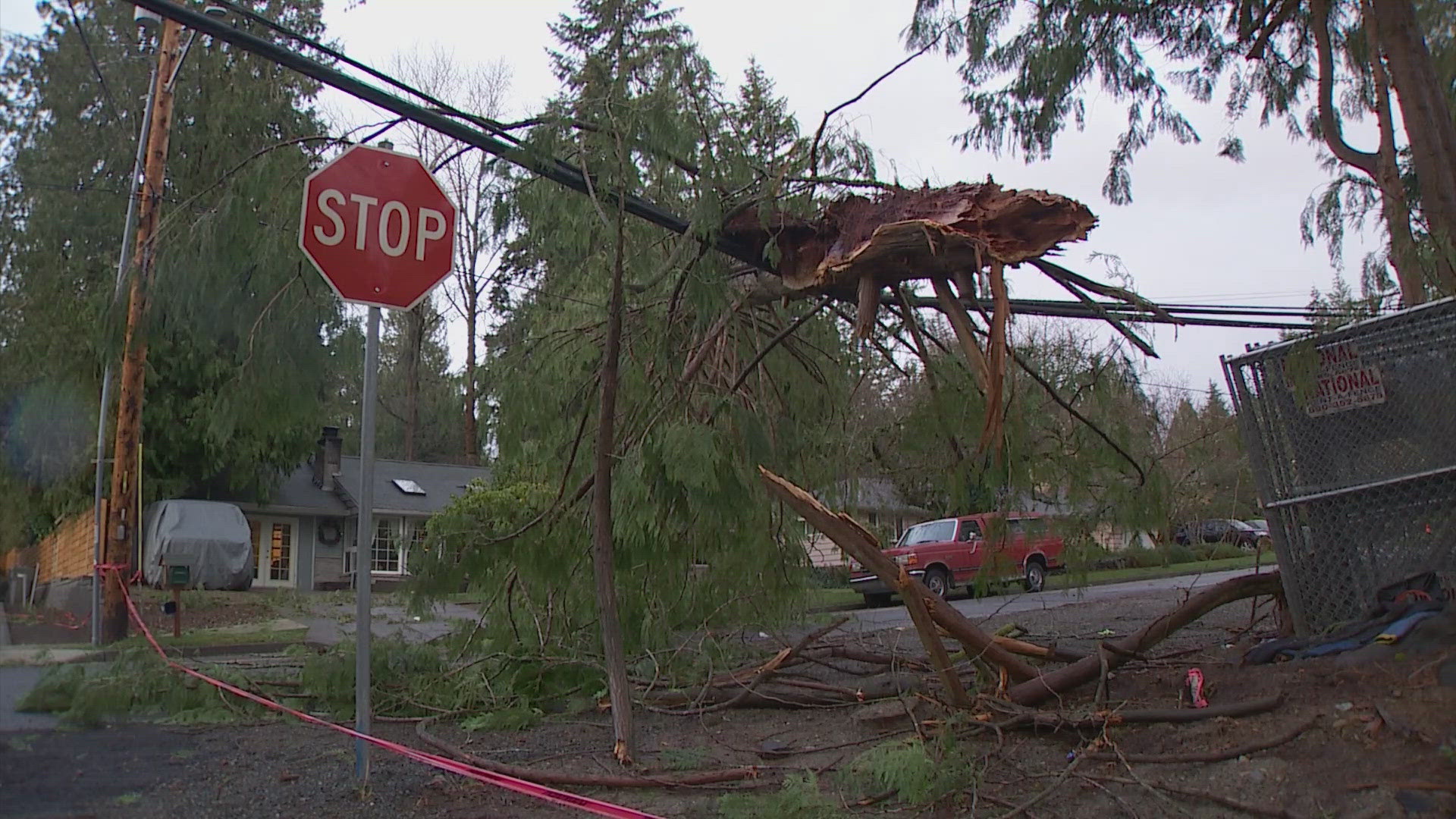One of the most famous pieces of video tape history shows the crash landing of United Airlines flight 232 in Sioux City, Iowa.
Captain Al Haynes remembers...
"I asked if everybody made it. And Dudley said no. And I said Oh my God, I killed people," said Haynes.
Haynes was knocked out by the impact, in and out of consciousness as he was pulled from the wreckage. But Haynes and his crew would become heroes, because what happened that day still stands as one of the most remarkable pieces of airmanship in aviation history; trying to land a plane he could barely control.
"It happened. I've learned to accept the fact that it happened. I feel terrible for the people who didn't make it, and the families. But we did everything we could do and there wasn't anything we could do about it," said Haynes.
Related Content
One-hundred-11 people died, but 185 survived. Haynes beat the odds.
"The odds are, it's a billion to one of losing it," he said.
Some of the heroes that day were in the tower.
"I couldn't even fathom until they came on, that I realized that basically they were out of control," said air traffic controller Kevin Bachman, who now lives in Seattle. "For the entire time, I knew a crash was a possibility."
Flight 232 was heading from Denver to Chicago. DC-10s have three separate hydraulic systems to control the plane, but when part of the center engine cracked and exploded, the hydraulics were rendered useless.
"We had no ailerons. We had no rudder. We had no elevator. We had no spoilers. We had no wing flaps. Everything that controlled the movement of the airplane we lost," said Haynes.
It was time to improvise, and that came from the plane's engines. Haynes and his fellow pilots made it all work.
"These two engines, and by varying the thrust on those two engines, we could skid the airplane one way or the other. And if you thrust both throttles up at the same time, the increase in thrust would pitch the nose up, and if you closed both throttles it would pitch the nose down," he said.
After nearly 45 minutes it looked like the crew would be able to land.
"It looked real good. I thought he was going to make it," said Bachman.
But then the right wing touched the ground.
Haynes said the first time he saw the famous video was three days after the crash.
"I saw it on TV. I couldn't believe it was us," he said.
"And when it hit, and it rolled over. And you think everybody's dead, it just ripped your heart out," said Bachman.
For Al Haynes, talking about the accident is therapy, from the time he was recovering in the hospital to the time two years later, back as a DC 10 captain, when it was time to retire. He never flew as a pilot again.
"We put our resources and knowledge together and did what we thought was best," he said. "If you're going to call a hero, you've got to call everyone involved. The hundreds or thousands involved in the whole operation.
The Sioux City airport was the biggest airport Haynes and his crew could go for, and became the stage for the investigation into the cause. But the passengers had other things going for them.
"Two hospitals right there, right at shift change. You had a lot of people. You had the National Guard at the airport. You had a flight crew who had a training pilot sitting in back who could help out. It was just a miracle what happened," said Bachman.
It could have been, so much worse. And to this day, Al Haynes is on the lecture circuit sharing his knowledge about teamwork in tough conditions.
"Everybody grieves in their own way. But I think to get back into what you're doing as quickly as you can is the best thing you can do. But that's for me. Doesn't work for everybody," he said.
Haynes and his crew are part of an exclusive club, recently joined by Captain Sullenberger, who successfully landed an Airbus on the Hudson River in January. The two men have become friends, pilots who've been ready and come through against terrible odds.
Al Haynes continues to speak to groups about the crash and the importance of teamwork.
The National Transportation Safety Board's findings led to changes in the way airlines inspect engines, and make it much harder for a plane to completely lose its controls.

